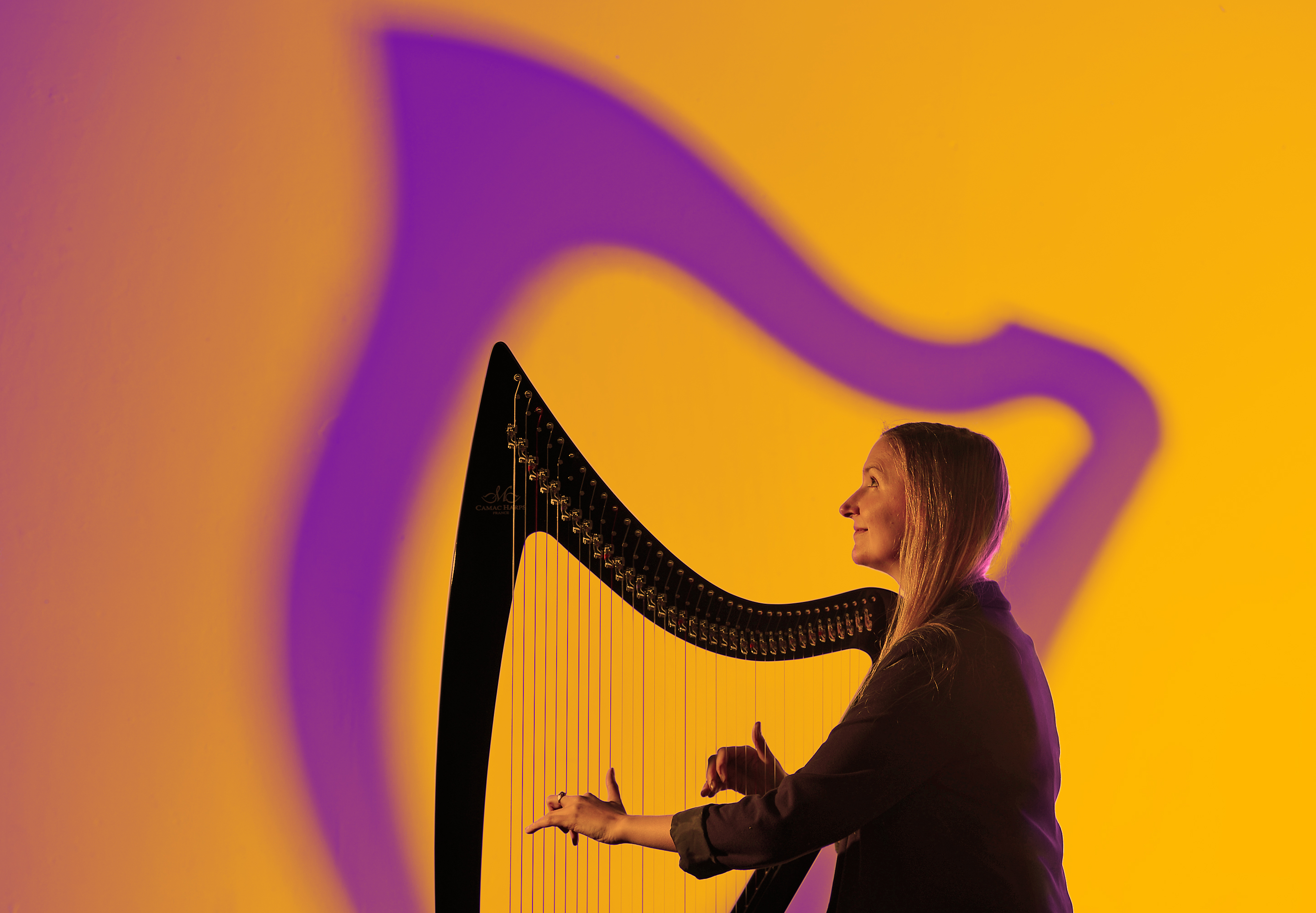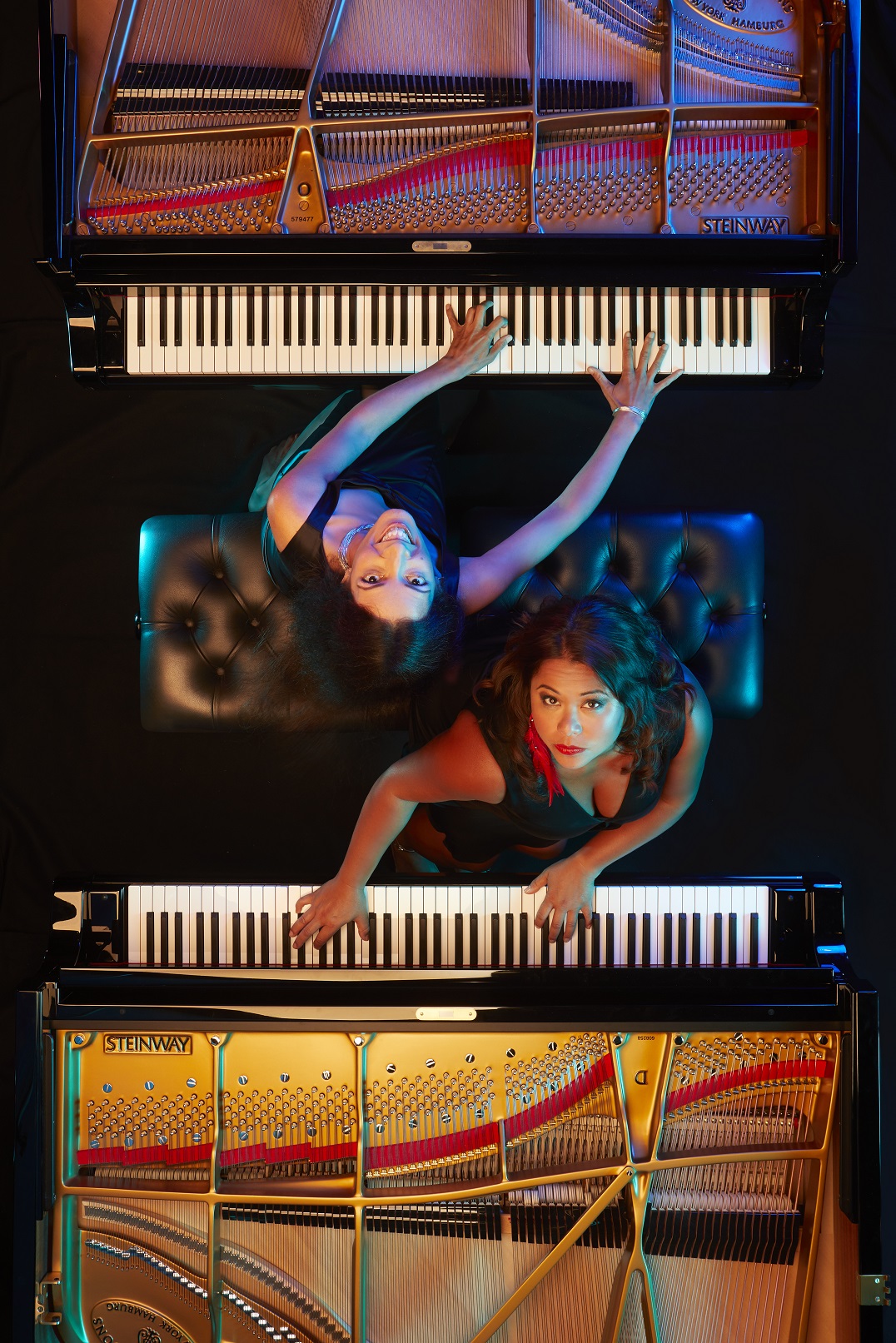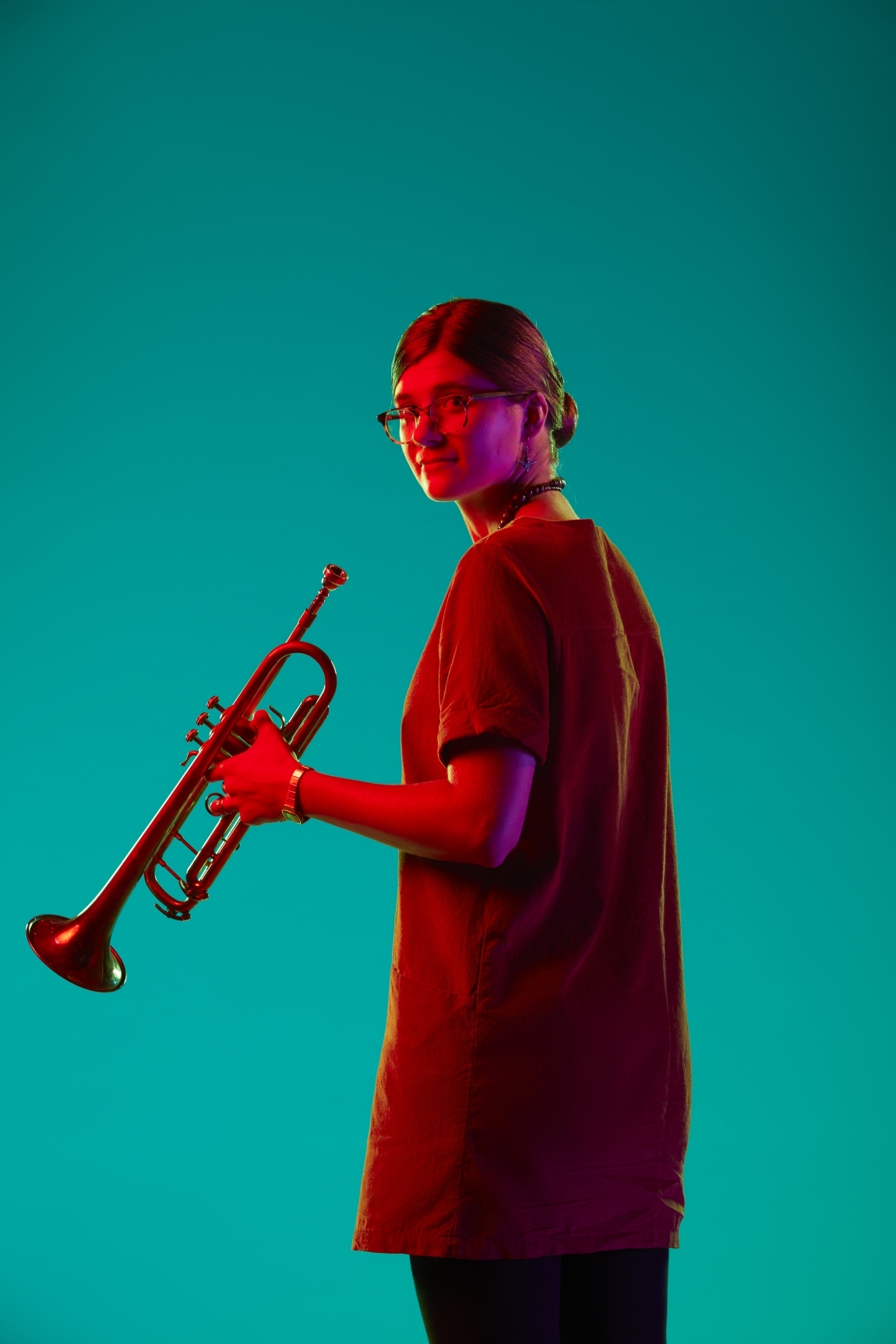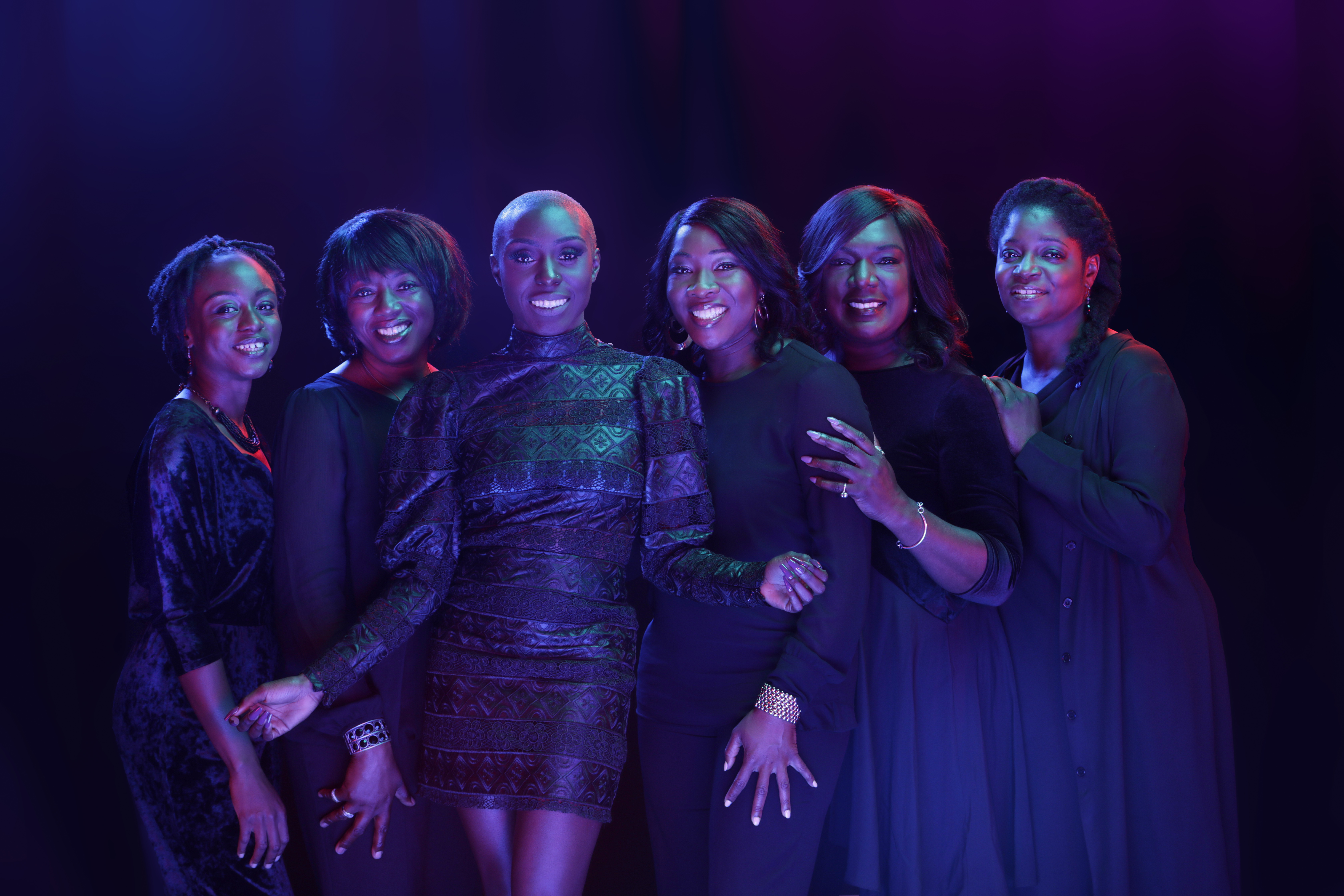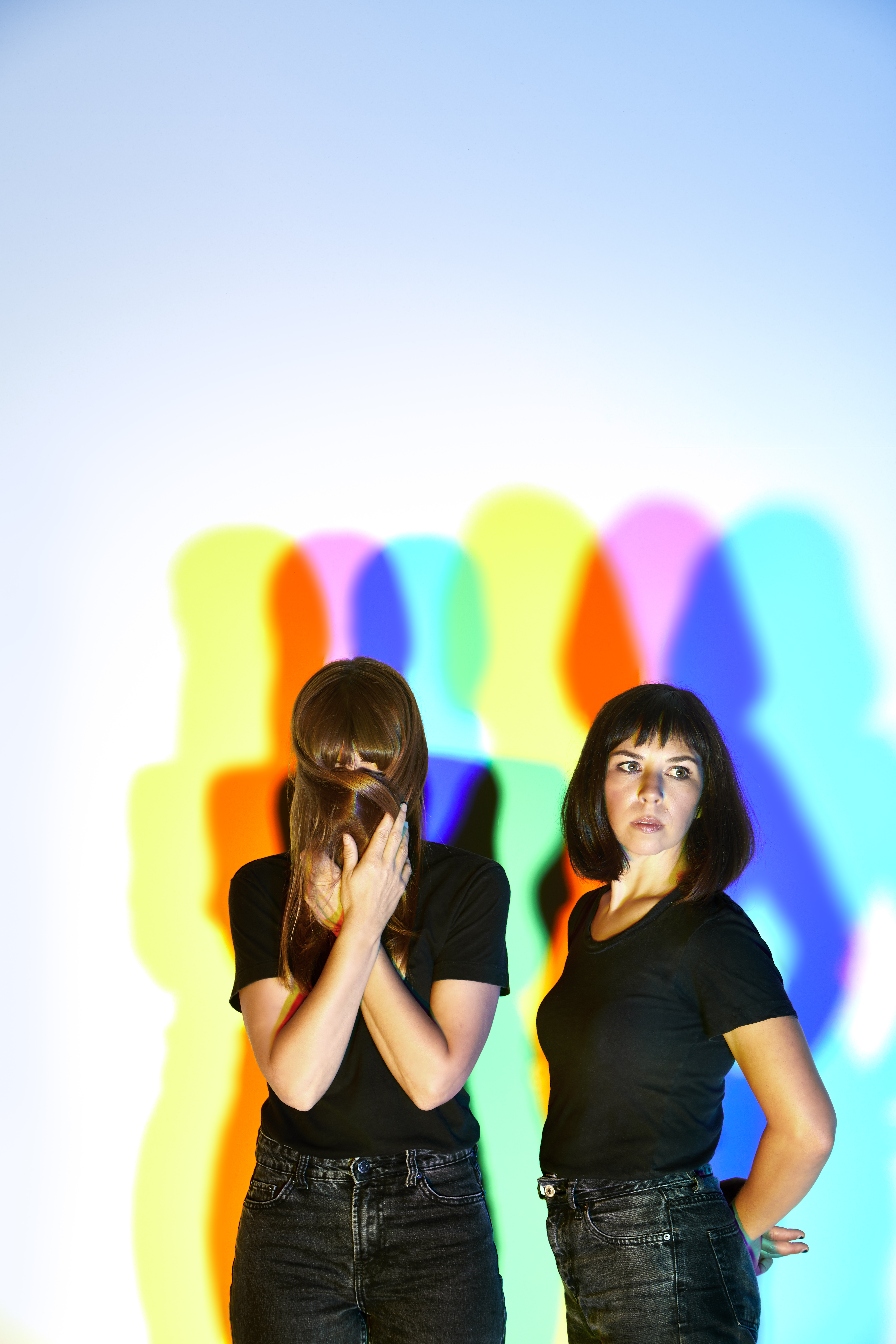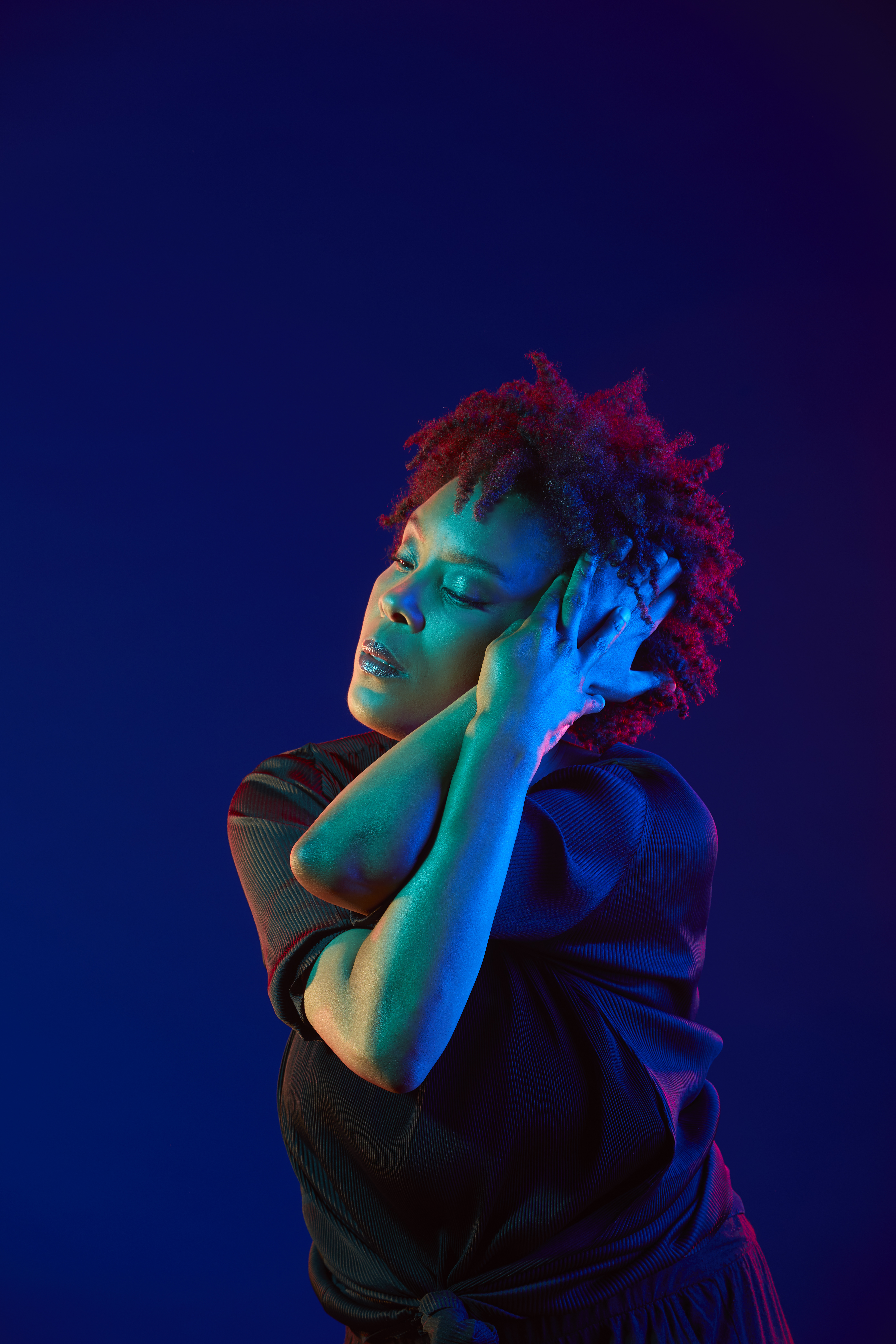Guest Post
Helen Wallace, Programme Director at Kings Place and curator of Venus Unwrapped reflects on how women have been written out of music history, and how vital their music really is.
I grew up in a musical world – and a wonderful world it was – created almost entirely by men. In fifteen years of learning the piano and cello and singing in choirs, I never once played a piece written by a woman.
Even when performing in trios, quartets and orchestras, I never encountered a score with a woman’s name on it. I attended a church where my brother was head chorister, and because it was a ‘cathedral level’ choir, it was accepted that the taint of a girl’s voice would ruin the quality. No anthem or carol ever bore a woman’s name. Looking back, it seems crazy that no one seemed to question the fact that an entire art form was dominated by one gender: the situation was so much more extreme even than in visual art, dance, literature, poetry or sculpture. Perhaps only film-making could compare. There seemed to be an unspoken assumption that composing art music was akin to higher maths or computer programming: women couldn’t – and never even chose to – do it.
Thirty years on, bringing up my own children, how much has really changed? In all the years they have been learning instruments or singing in choirs, no female-composed music has ever sat on the music stand either. Music of richness and variety by Marie Bigot, Fanny Hensel, Amy Beach, Bessie Smith, Leokadiya Kashperova, Vítězslava Kaprálová, Grażyna Bacewicz, Sofia Gubaidulina, Meredith Monk, Unsuk Chin… all could have been taught, but haven’t been. An all-male canon is lazily perpetuated down the generations. Two major books published this year (Robert Philips’ The Classical Music Lover’s Companion and Anthony Tommasini’s The Indispensable Composers) contain no mention at all of music by women. Shockingly, a recent survey of the world’s top orchestras revealed that only 2.3% of the music being performed in the 18/19 season will be by women.
Small green shoots
There are small green shoots, though: thanks to the 17 year-old student Jessy McCabe’s heroic protest in 2015, my daughter has now encountered Kaija Saariaho’s Petals in her A-level music syllabus. And she has also, of course, been saturated with the music of powerful, creative women via the pop world: Bjork, Lady Gaga, Beyoncé, Taylor Swift, Imogen Heap – the list goes on. My own teenage years were similarly brimful with female icons: Joni Mitchell, Laurie Anderson, Patti Smith, Grace Jones, Debbie Harry, Chrissie Hynde, Kate Bush, Annie Lennox, kd lang, Suzanne Vega… Despite the misogynistic attitudes that still swirl around the pop industry – that female vocalists are mere muses to male producers and songwriters – these extraordinary women give the lie to the myth of male-only musical creativity. Remove the structures and value systems of classical music (rooted in 19th-century institutions), and women are perfectly capable of dreaming up their own radical music. And always have been. There is a ‘shadow canon’ lying there to be discovered, for too long ignored, and refused entry into the official cultural histories.
Which is where Venus Unwrapped, our year-long celebration of women composers and songwriters began. I wanted to look at the legacy of women’s music-making through a different lens: not just on the grand symphonic or operatic stage – though there are remarkable examples from each – but in 17th-century convents, 18th-century palaces, 19th-century drawing rooms, in the realms of gospel, jazz clubs, folk traditions, electronics studios, warehouses, galleries and 21st-century installations. Our two intimate halls in Kings Place, as well as St Pancras Parish Church, are the ideal spaces to encounter music, which was often conjured in confined spaces with few resources.

